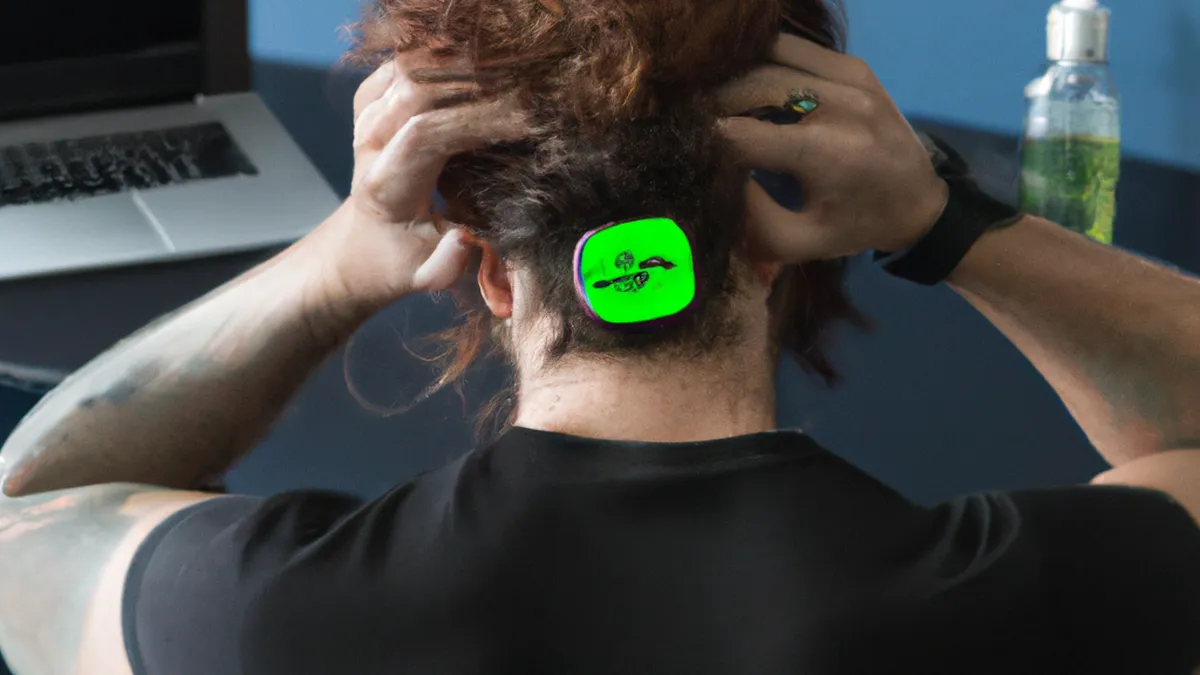State-of-the-Art Insights on Injury Risks
Predictive Analytics for Injury PreventionInjuries often disrupt personal and professional lives. They impact individuals and reduce overall organizational productivity. Predictive analytics provides a powerful solution. By analyzing historical and real-time data, organizations can foresee potential injuries. This proactive approach reduces risks and fosters a safer work environment. This blog explores tips, advice, and benefits of predictive analytics for injury prevention.
Understanding Predictive Analytics
Predictive analytics uses historical data to forecast future outcomes. Organizations collect various data points like employee behavior and environmental conditions. They apply statistical algorithms and machine learning to identify patterns that predict injury risks.For example, a manufacturing plant might find certain machines frequently associated with injuries. Management can increase safety checks or adjust work schedules to reduce employee fatigue. This approach allows organizations to address issues before they escalate, ensuring workplace safety.
Collecting Relevant Data
Organizations must collect relevant data to utilize predictive analytics effectively. Start by identifying key metrics related to injuries. Common data points include:- **Employee Demographics**: Age, experience, and health status influence injury risk.- **Incident Reports**: Historical data on workplace injuries reveals patterns and high-risk areas.- **Work Schedules**: Tracking employee hours helps identify fatigue-related risks.- **Environmental Conditions**: Factors like lighting and noise levels are critical to safety.By gathering comprehensive datasets, organizations build a strong foundation for accurate predictions. This data helps understand workplace safety nuances and identify potential hazards.
Analyzing Data for Insights
After collecting data, organizations must analyze it for insights. Various tools for predictive analytics assist in this process. These tools help organizations identify trends and anomalies indicating increased injury risk.For instance, if analysis shows higher injury rates in certain departments, further investigation is warranted. Organizations can segment data by time, location, and job role. This granular analysis helps pinpoint specific risks and enables tailored interventions. Understanding significant injury factors allows organizations to focus efforts where they impact most.
Implementing Predictive Strategies
After analyzing data, organizations should implement actionable strategies based on insights gained. Here are effective strategies to consider:1. **Training Programs**: Develop targeted training for high-risk roles. Ensure employees understand safety protocols and best practices specific to their environments.2. **Regular Assessments**: Conduct regular safety assessments to identify potential hazards. Use predictive analytics to determine when and where these assessments are most needed.
Conclusion
As an Amazon Associate I earn from qualifying purchases.
Gear tip: consider multisport smartwatch, cadence sensor, and bar speed tracker to support this topic.
This blog highlights the importance of predictive analytics in injury prevention. Organizations can reduce risks and enhance workplace safety through data-driven insights.
Below are related products based on this post:
FAQ
What is predictive analytics?
Predictive analytics is a method that uses historical data to forecast future outcomes. Organizations analyze various data points, such as employee behavior and environmental conditions, to identify patterns that may predict injury risks.
How can predictive analytics help in injury prevention?
Predictive analytics helps organizations foresee potential injuries by analyzing data trends. This proactive approach allows organizations to implement safety measures before issues escalate, fostering a safer work environment and enhancing overall productivity.
What types of data should organizations collect for predictive analytics?
Organizations should collect relevant data such as employee demographics, incident reports, work schedules, and environmental conditions. These data points provide a comprehensive foundation for accurate predictions regarding workplace safety and potential hazards.















Post Comment